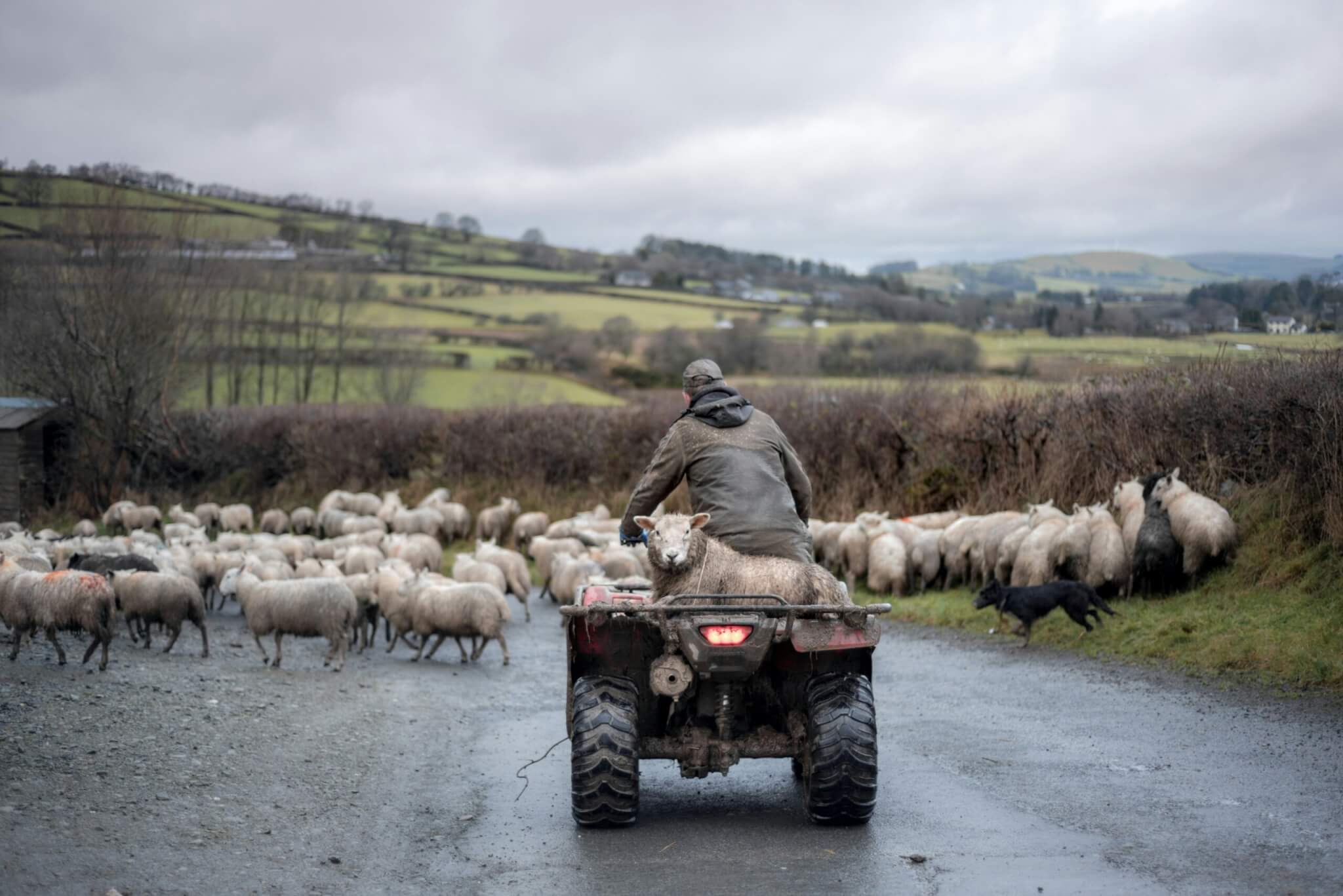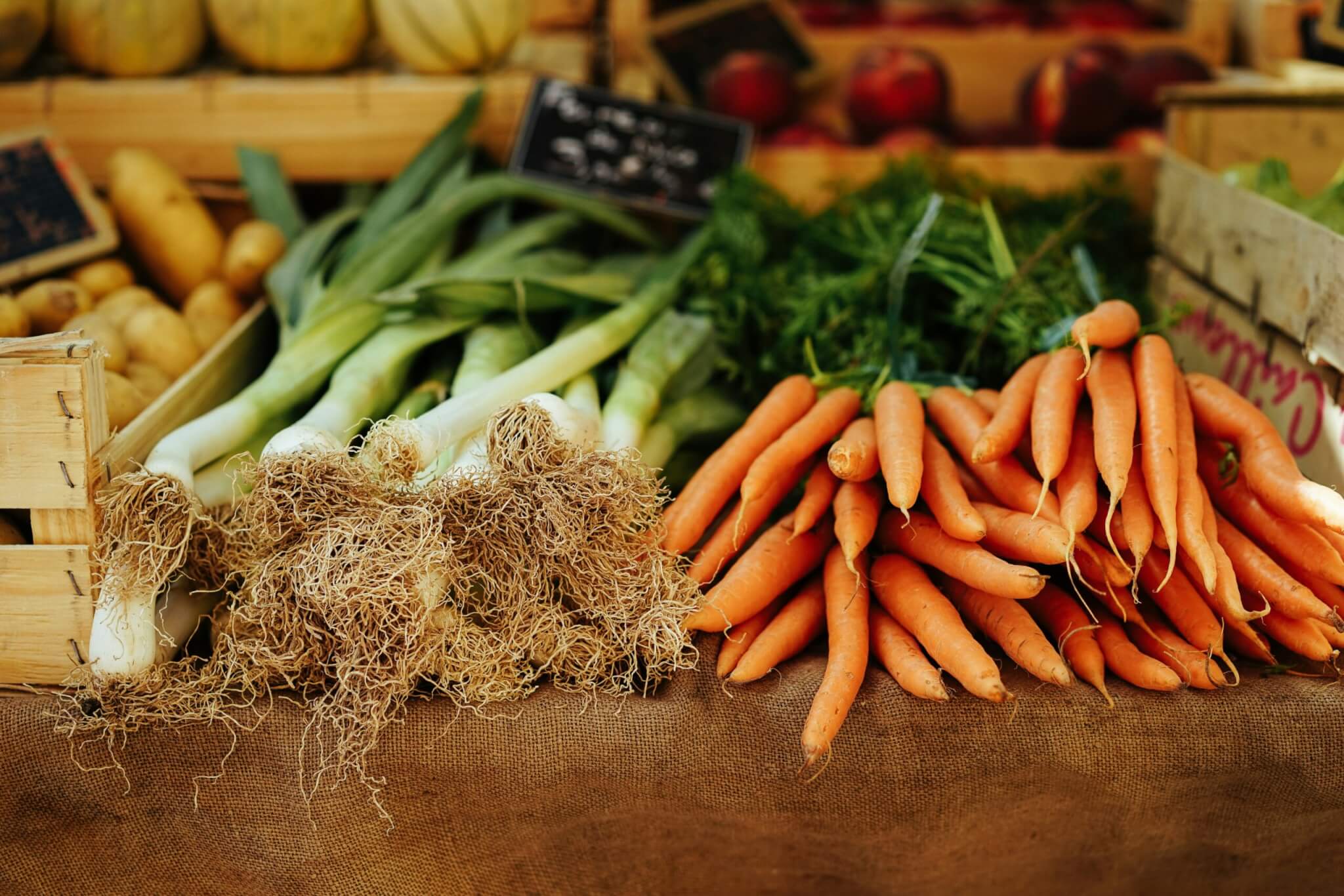After three months spent eating five tonnes of silage (pickled grass) each, the cows were turned out to pasture last week, putting a spring and the occasional buck into the step of even the most aged. Cows are invariably healthier and happier outside, eating the fresh grass their giant rumen (a kind of onboard anaerobic digester) evolved to make digestible. Taking them to the food, where
they can return the fertility via urine and faeces, makes more sense than burning fuel hauling the food to them and then the muck back out again.
However, energy is cheap and around the world beef and dairy cows are being moved from pasture to confined ‘feedlots’ at an alarming rate (though the practice is forbidden in organic farming). The commercial drivers are the benefits of scale, labour-saving and the predictability that comes with removing the influence of seasons and weather, but all at a cost. The system produces less
healthy meat and dairy (now proven to have the wrong balance of fats) and the increased environmental risks that arise when you move away from traditional, self-reliant farm systems to commercially driven agribusiness, propped up by globally traded grain and fertilisers. Feeding ruminants grain and soya is environmental insanity; if feedlot farming bore all the externalised costs (currently paid for by the rest of us), they would be out of business.
But dogmatism either way seldom makes for good farming. Compromise, ducking and diving and managing risk works better; something family farms are much better at than big business. A few days after turnout we had a downpour and the cows had to come in again as wet pasture is quickly damaged by 1200 heavy hooves. Factory managers love standard operating procedures (SOPs); once you have standardised you can de-skill, up-scale, mechanise, drive out cost and offer the standard product a supermarket wants. But an SOP is no use if it leaves you driving cows through a quagmire in the rain. Attempts to standardise farming have generally not been successful due to its inherent interaction with an unstandardised nature. By excluding nature, feedlots can allow this profit-making standardisation and scale; I suspect we will all be the poorer for it, especially the cows.











0 Comments